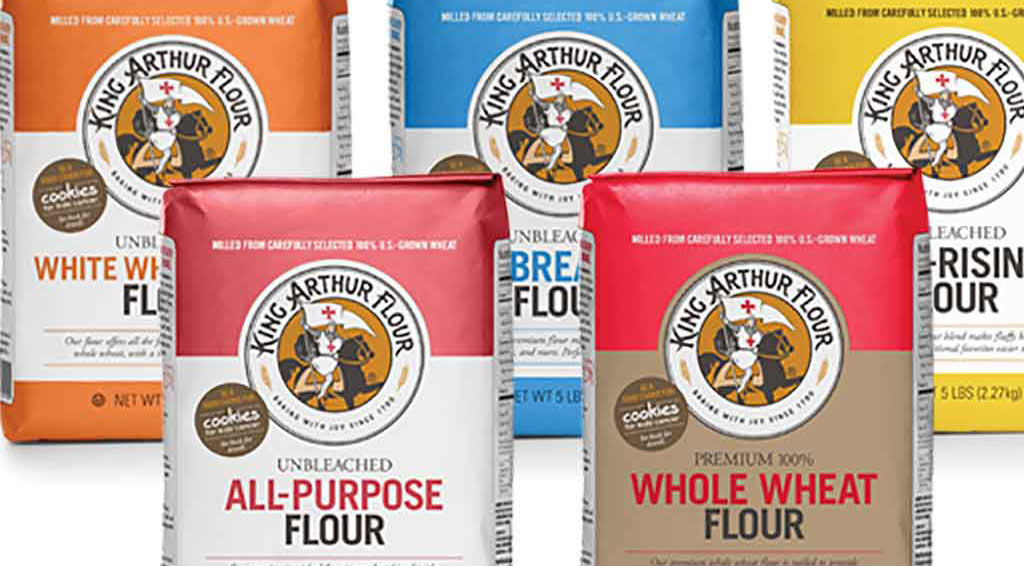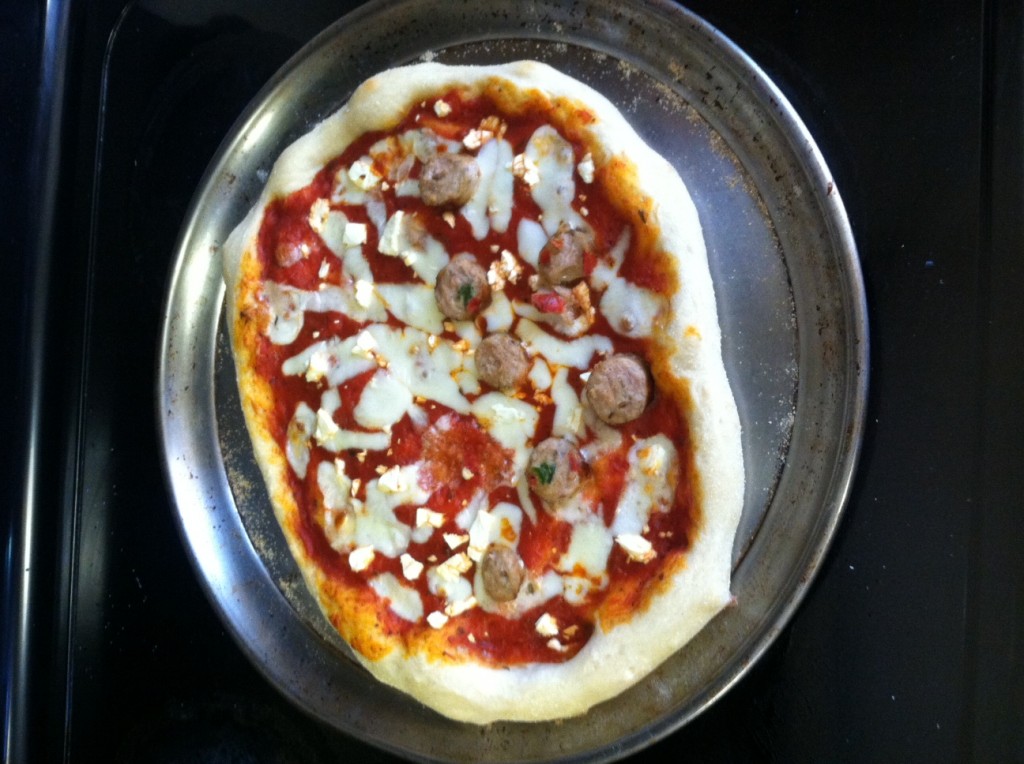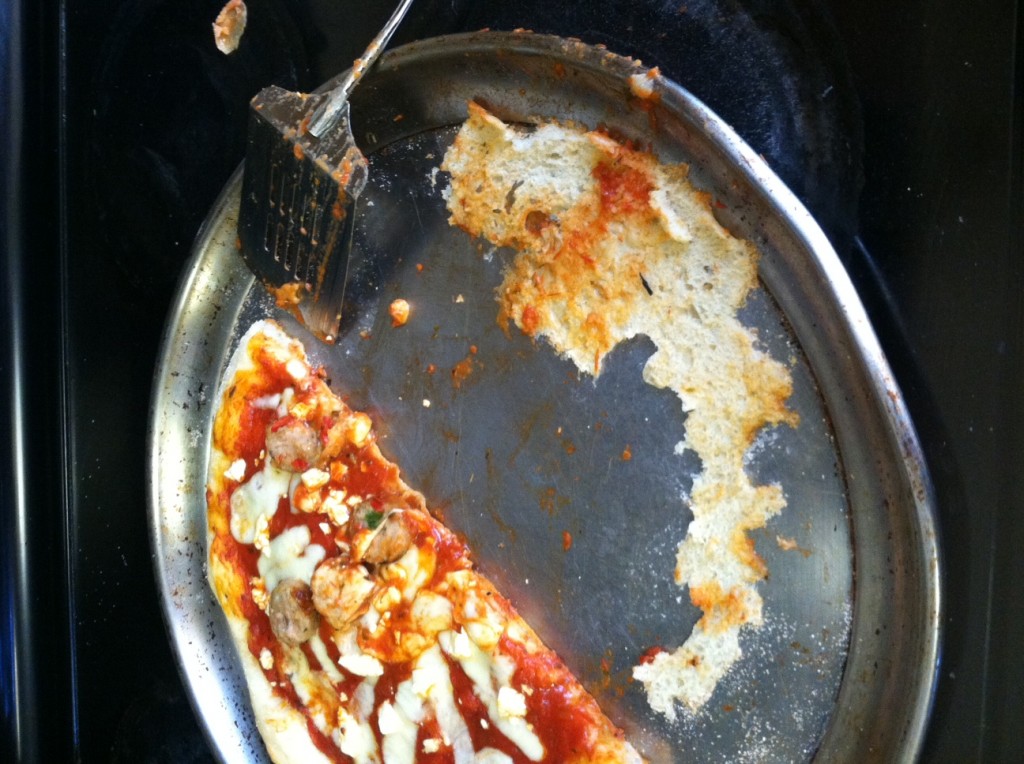Dorm chef returns with bread venture
I don’t follow directions well. I didn’t tell NCPR this at my interview last spring, but I’m coming clean: when I’m in the kitchen, I do as I please. While cooking is about improvisation, baking is more like chemistry, and I almost failed chemistry in high school when I created some noxious blue liquid out of something that was supposed to be as safe as Playdough. When I recently decided to make bread, I was a little worried that I would end up making something out of Goosebumps.
You could say that I started out a little ambitiously; I had my dad sent me a copy of a King Arthur bread recipe called Paine `a L’Ancienne, which is both a baguette and pizza dough recipe. Like a warning label, this bread has a French name because you don’t mess around with French foods. Look, I know `a la mode just means “put some ice cream on it,” but it still sounds like a culinary masterpiece.
Anyway, back to the baking. The recipe for Paine `a L’Ancienne begins with this sentence: “The technique by which this bread is made has tremendous implications for the baking industry and for both professional and home bakers.”
Um, what? My loaf of bread seemed to have “tremendous implications” for all of Western civilization. Apparently, making bread is easy if you a) have a bread making machine, b) have a Kitchen Aid, or c) buy the right ingredients and follow directions. I have none of these things.
The only ingredients in this bread are flour, ice cold water, salt, and instant yeast. My first challenge was that I bought active dry yeast instead of instant yeast. This crisis merited a thorough Google search and a call home to make sure I hadn’t toppled the baking industry with my amateur foolishness. Basically, you can mix active dry yeast with a little water and sugar, and then use less water when making the dough and it works just the same.
The second crisis occurred when I dumped this yeast mixture into the bowl, along with the flour, salt, and all of the water. I realized that I had added about a ¼ of a cup of water to the recipe.
It was about this time that I also realized that all of the directions were for an electric mixer. Since my last food blog post, I have acquired some more cooking utensils; for instance, I now have a wooden spoon. (Side note: thank you to all my generous coworkers who said they would give me another pan. However, I drove by somebody’s yard the other day and they had a sign that said “Free” next to a pan and vase, so I’m all set now).
Anyway, I took my wooden spoon, and attempted to calculate the difference between mixing on low speed with a paddle attachment and using a dough hook on medium speed. In reality, I just mixed really hard with my spoon.
Once the dough was sticky on the bottom but easily released from the sides of the bowl, I transferred the dough into another bowl coated with oil, sprinkled the top with oil, and went swimming for the afternoon. Honestly, I didn’t time anything.
The next morning, I took my dough out of the fridge and kneaded it for a few minutes. Then I put it back in the bowl and let it rise on the counter for a few hours (a.k.a. I went swimming). I came back later and baked a pizza and some rolls.
Voila! With the approval of my fellow NCPR interns, I realized that I had successfully made bread, even while pretty much failing to follow baking directions. The moral of this story is; bread is forgiving and you, too, can bake!
Natalie Dignam’s internship at NCPR is supported by the Stan Macdonald Journalism Fund










